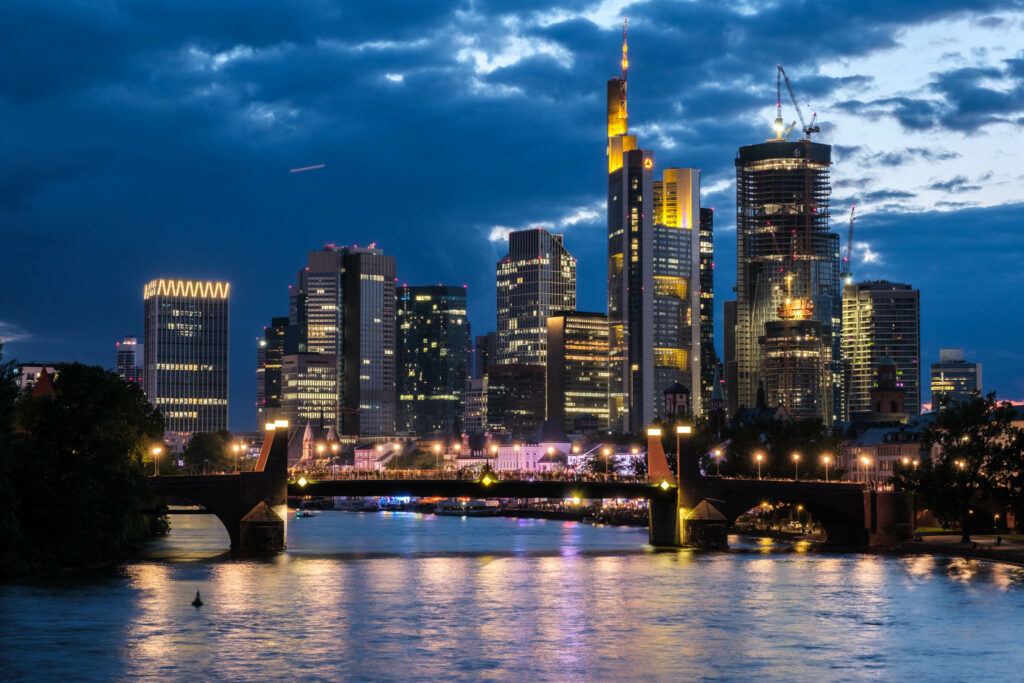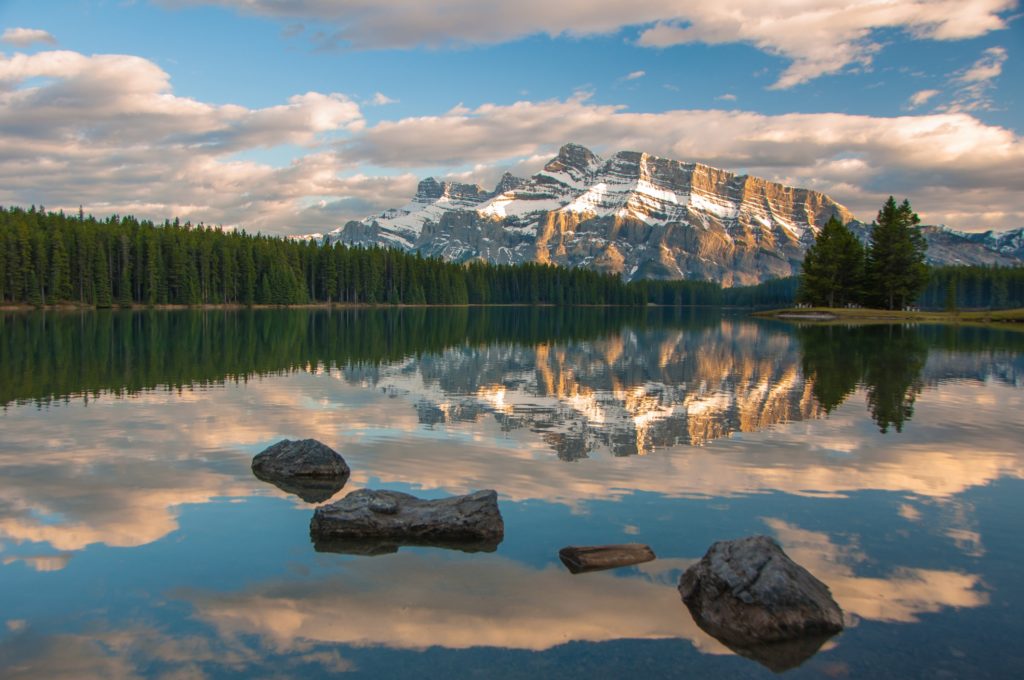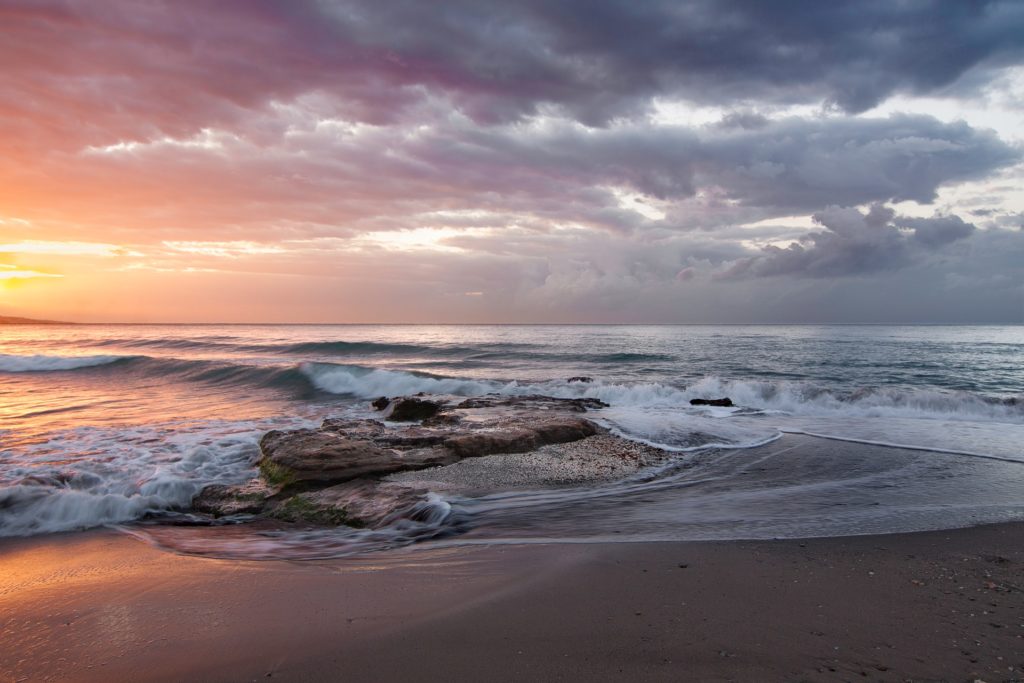Smartphone or mobile photography is quite interesting because it allows you to capture photographs with a device that you carry around with you at all times and it fits compactly in your pocket not taking up space as a traditional camera would. In this article, we will look at how to capture professional-looking outdoor smartphone photography.
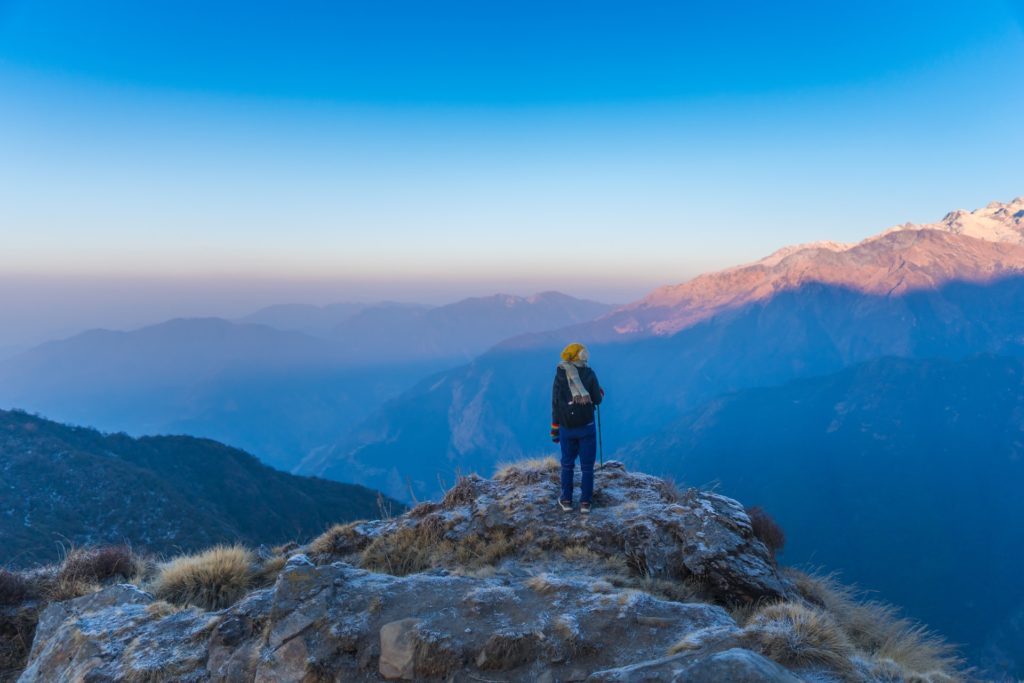
Smartphone photography can be a great way to photograph outdoor scenes during your travels without having to go through the process of setting up a camera to take a shot. With outdoor photography being a complicated genre at times, recent smartphones have the capability of capturing good quality images that you can share and even print if you need.
With smartphone photography, it is more about “in the moment” shots. You are there, you see something happening, and if you have your smartphone in hand, you pull it out and photograph what you see. These are moments that you may miss if you take the time to pull out your camera, set it, and then capture the images or you may not even be in a situation to photograph using a camera.
Besides the above, when you are out there traveling and documenting the places, it is always good to know how to use the smartphone camera and its features efficiently, so you can capture beautiful outdoor images like landscapes, nature, macro, and others just like how you would with a camera.
Whether you own a DSLR, mirrorless, or just a mobile phone, here are some tips and good practices that you can follow to capture outstanding photographs of the outdoors with your smartphone.
Advantages Of Using A Smartphone For Outdoor Photography
Most of the time when you are using a smartphone for photography, it is because you do not have the camera in hand. This could be because you just went out for a walk, you are having your own personal time in a quiet spot or a place of interest, you are on a hike and do not want to carry the camera or you want to just photograph with the smartphone and so on.
Any photograph that you capture in the location can be a more intimate one and one of great importance because you are preserving memories through mobile photography rather than obsessing over the technical aspects of the photograph, but smartphones come with manual controls if you are looking to take advantage of those features. Moreover, you are spending more time experiencing the moment than photographing it, which is an important aspect when you are outdoors.
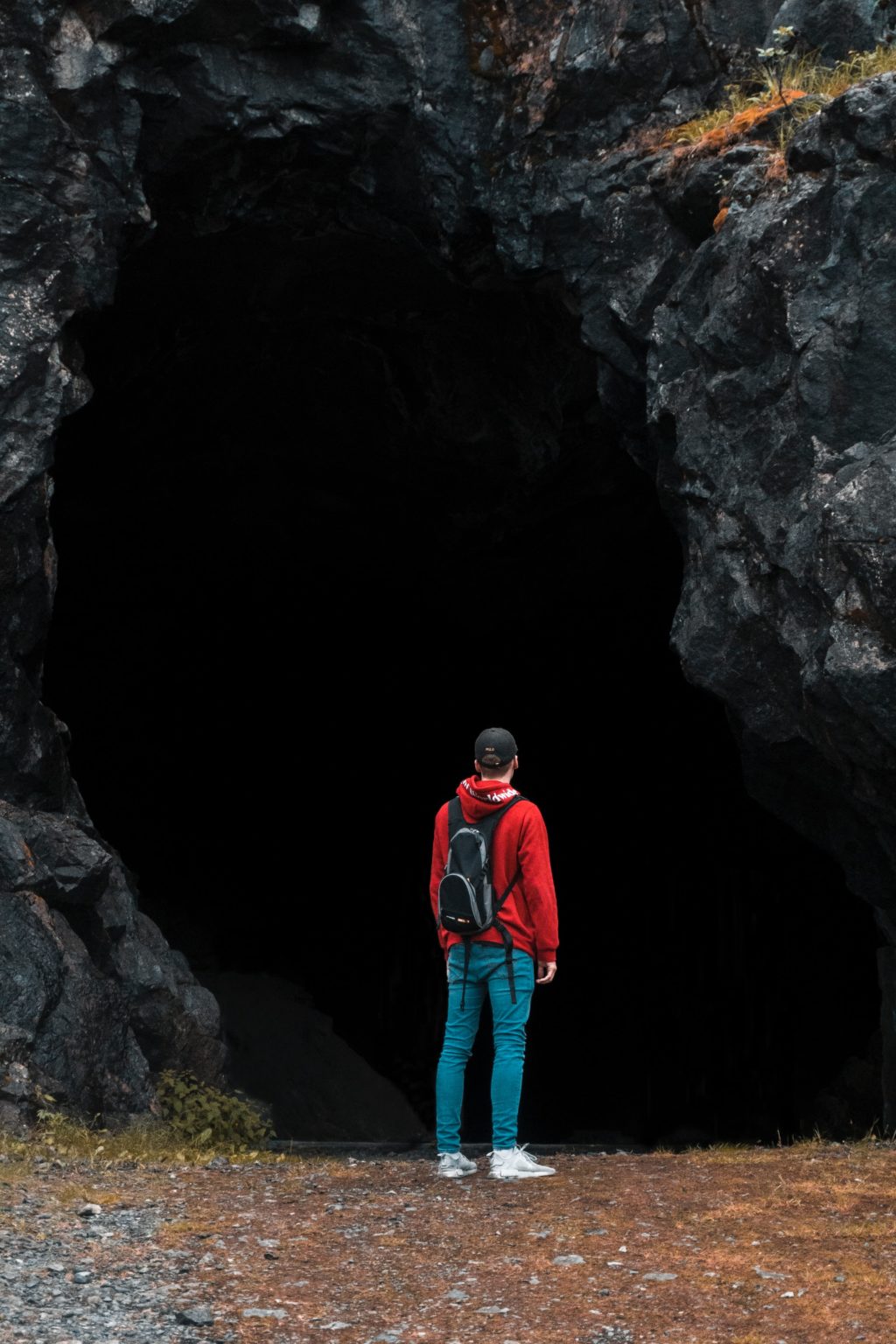
Another factor that makes smartphone photography appealing is that during the bad weather, most photographers do not want to take their gear outside for fear of soaking them in the rain or maybe in sandy and saltwater areas where they do not want to expose their gear to the elements. Smartphone photography is a great way to get the job done in these situations.
Smartphone photography is also not very intimidating like photographing with a camera especially when you are capturing travel and street portraits when outdoors. People do not feel scared as it looks quite casual and normal when photographing with a smartphone. This does not mean that you can replace the camera with a smartphone because there are times when we do miss not having the camera in certain scenarios for certain kinds of photography.
When you are just carrying the smartphone for photography, it is instant and you are shooting in a very basic manner forgetting about complicated gear and their settings. It is easy to access a smartphone for photography that you can just have it in your pocket or most backpacks come with options where you can store your smartphone for easy access.
You do not have to lug around a heavy camera bag with many lenses that can slow you down in some situations when outdoors. Besides, you can edit and share the images quickly when photographing using a smartphone. Smartphones are great to get unusual compositions and shooting from unique perspectives because of their light weight.
What Can You Photograph Using A Smartphone When Outdoor?
You can photograph basically anything with a smartphone – landscapes, portraits, macro, night sky, street, documentary, long exposures, and so on. So whatever your interests are, you can capture photographs that interest you in the places that you visit. When you are in a location, wait for the perfect moment in terms of stories, perfect light, etc., and try to look at things from a different perspective.
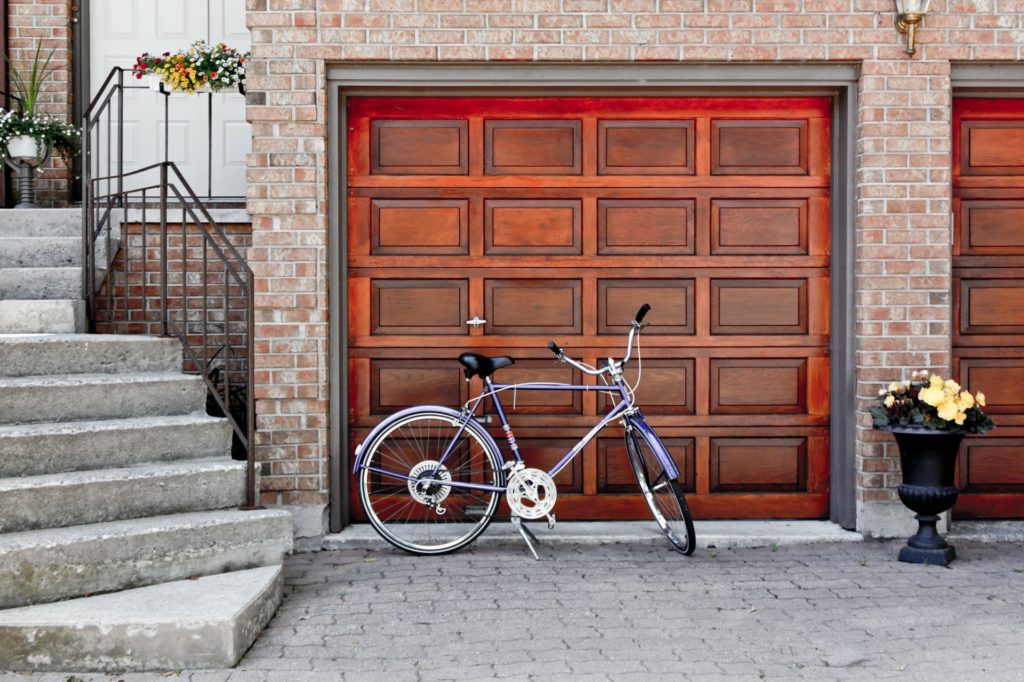
Also, there is a lot happening around when you are in the great outdoors. You do not have to visit the most beautiful places for capturing beautiful photos, instead explore the neighborhood parks, trails, streets, etc. Using the smartphone for photography will help you to quickly get the shot without missing it.
Observation is important when you are outdoors. Here are some ideas on what to capture when you are outdoors with your smartphone for photography:
- Look closely up, down and around at tiny subjects like bugs, flowers, leaves, moss, trees, animals, birds, anything that is around and capture the details. You will find great opportunities to even capture macro shots with your smartphone when outdoors.
- Capture the change of seasons – get out and photograph during all the seasons as each season gives you opportunities to photograph different things and colours. Capture all the tiny details like fallen leaves in the autumn, frost in the winter, flowers in spring and interesting leaf patterns in summer and so on. Moreover landscapes look different at different times of the year and remember to photograph the change.
- If you are a fan of panoramas, smartphones come with a “Pano” feature as well that will help you to instantly create panoramic images of grand landscapes. You can capture both horizontal and vertical panoramas (for tall waterfalls).
- Portrait mode is another great feature if done well will help capture stunning portraits of people in their environment when you are outdoors. You can also use the normal photo mode where you can carefully focus and get decent background blur when capturing portraits with mobile.
- If you want to capture action shots, make use of the burst mode to capture a series of shots. You can select the best of the bunch later when you post process your images.
- Architecture and street photography can be done brilliantly with a smartphone. Observe, compose and photograph interesting shots.
- If you are interested in night time photography when outdoors, you can make use of the night mode or long exposure features to get the shot. You can even capture the stars and the milky way if you have one of the most recent smartphones that are capable of capturing stunning details of the night sky. You need a compact tripod or a gorillapod for capturing long exposures and they are very small and lightweight to carry.
Compositions For Outdoor Smartphone Photography
Just like how you would compose images using a camera by incorporating compositional guidelines, you should use compositional guidelines to compose smartphone images. The guidelines are the same for smartphone photography and using powerful compositions like leading lines, contrasting colors, negative space, frames, reflections, foreground interest, layers, etc., will help to capture powerful photographs. If you are a beginner, start with the rule of thirds and then move further to other compositional guidelines or a combination of the guidelines.
When you are on location, just relax and observe the elements and people around you. When you find interesting subjects and frames, wait for the story to happen and capture the shot. This will help to capture meaningful photographs that tell a story.
When you include the elements in the location to compose the photographs, it tells where and in what kind of location and weather you shot the image. So pay attention to the details when composing the image.
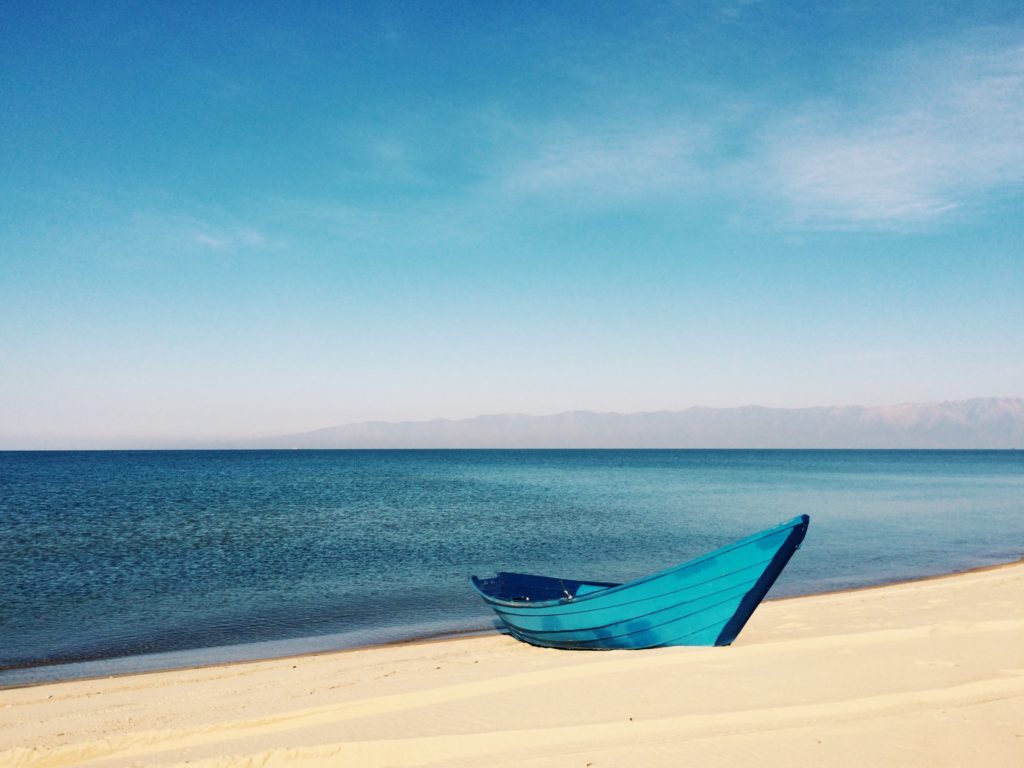
Do not forget to walk around and capture photographs from different angles and perspectives. Some vantage points work better than others for a particular shot, so explore all possibilities.
Lighting Tips
Light is the most important aspect of photography and when shooting with a smartphone outdoors, you will be working with natural light. Look at how the light falls and take into account the intensity of light.
Shooting images at sunrise and sunset can help to capture dramatic images with shadows that help to emphasize depth in images because at this time the sun is low in the sky providing a soft golden glow.
If you are shooting during the daytime, that is midday, look for shots where you can incorporate the light and shadows to capture interesting dramatic shots. Overcast days are great to shoot all day long as they help with soft light and favorable shooting conditions so you can capture vibrant images.
When there is a huge dynamic range, you can try shooting in HDR to capture details from all areas of the scene and this helps to capture all the light variations in the scene. You could also try moving around to see if you can hide the sun behind any element so it is not in the frame causing blown-out highlights.
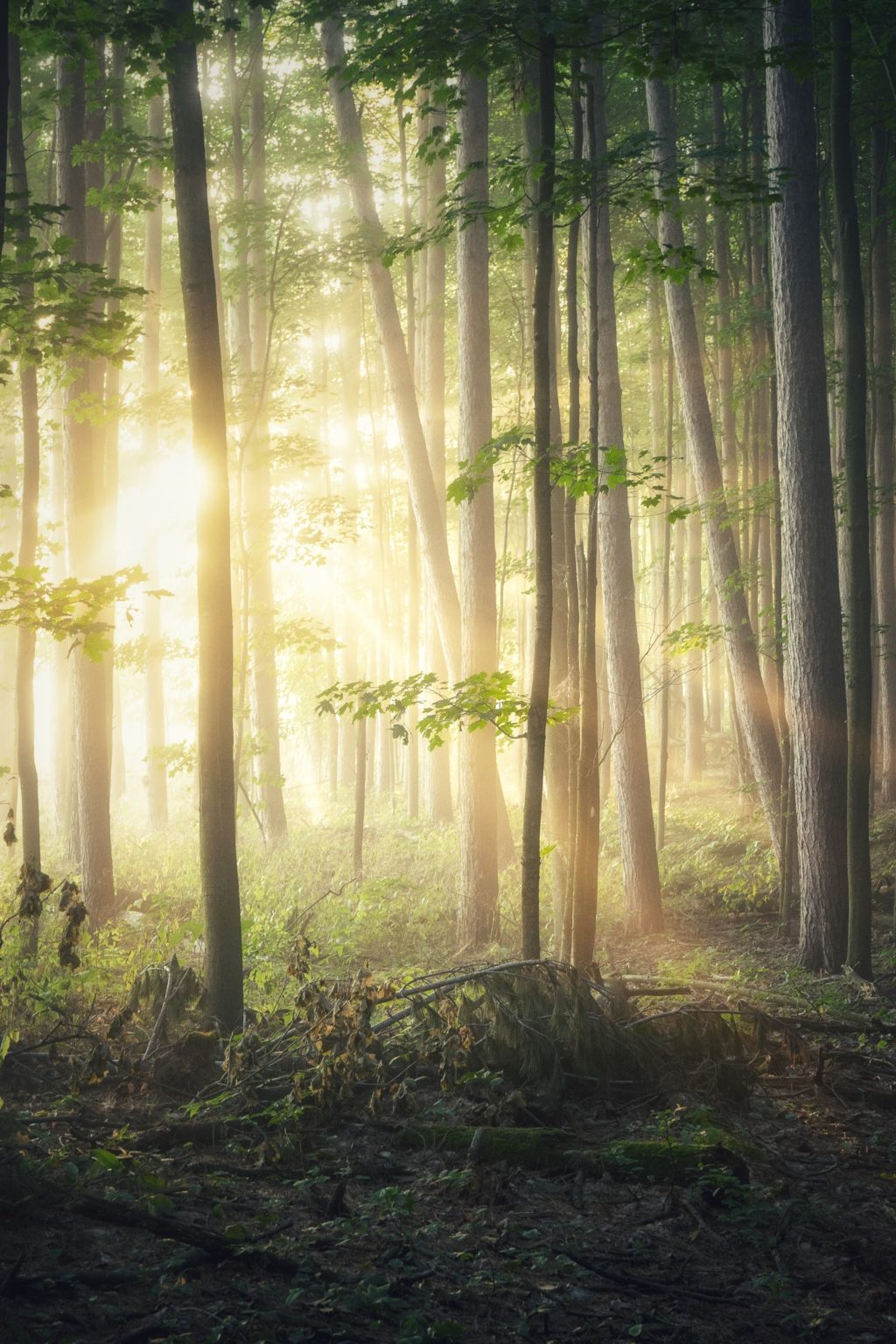
Setting Exposure
With regards to exposure, most of the time when the camera focuses on an area, it calculates the exposure almost correctly. But there are times when the huge dynamic range in the scene causes the camera to either over or underexpose. In these situations, it is good to adjust the exposure manually to set the desired exposure value before capturing the photograph.
Here is what you can do to get the desired exposure when photographing using your smartphone:
- Once you have composed the shot, tap the screen to lock focus. Then swipe up or down to increase or decrease the exposure. Make sure there are no blown out highlights in the frame as it cannot be recovered later.
- For scenes with high variation in light intensity, use the HDR feature. This may help with capturing the details in both the dark and bright areas of the scene. Since the camera takes multiple shots for HDR images, keep the camera steady.
- It is also good to lock exposure and focus when photographing a scene if you think that you will be capturing a few frames of that scene under that lighting condition. This will save you time adjusting exposure for each shot. Also, you could try a few exposure settings to see what works best for your personal preference of a scene.
- If you are looking to control exposure manually on the smartphone, some native camera apps have that feature, but if not, there are a ton of other apps that can be used for creative exposure.
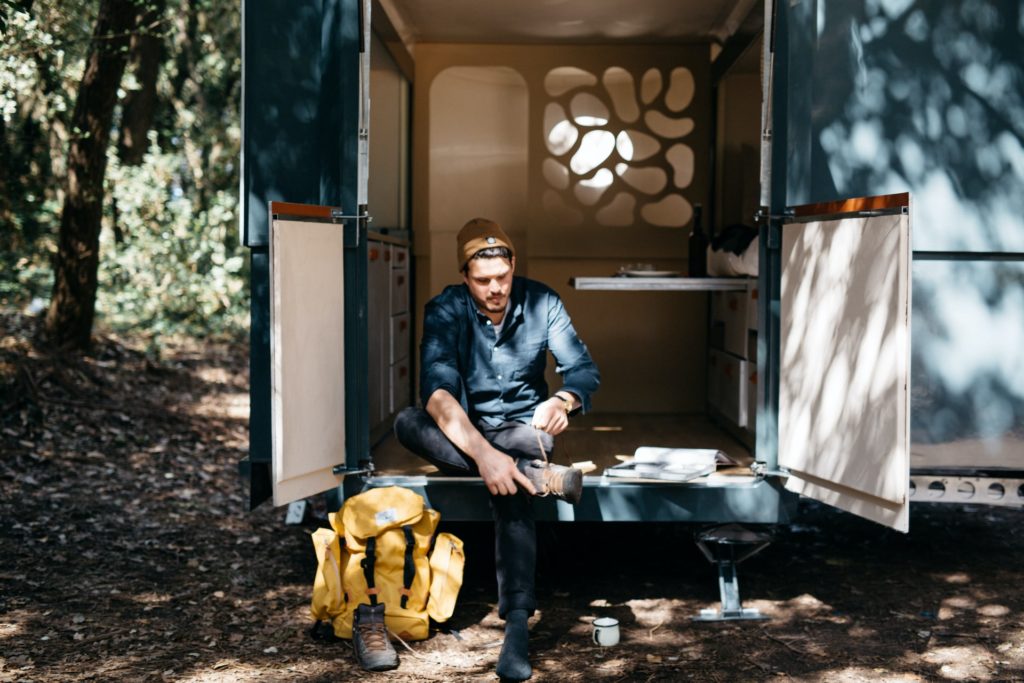
Gear For Smartphone Photography
The smartphone you have in hand is the gear that you will need for outdoor photography and most smartphones these days come with more than one camera – one camera with a standard focal length and another a 2x zoom. Besides these, some smartphones have a wide-angle lens as well that can be used to capture brilliant wide shots of landscapes and others.
When the focal length of the lens in your smartphone seems to limit, you can buy a lens attachment for wide-angle, fisheye, or telephoto. If you are someone who is interested in macro photography, you can even invest in a macro attachment for the smartphone and capture stunning macro images.
As much as possible, if you want to keep smartphone photography simple, keep the accessories simple, so you are free to shoot on the go. Lens attachments are very tiny and will fit easily into your pocket.
Accessories For Smartphone Photography
You may be wondering that you will be limited to the lens that is in your smartphone and will not have the flexibility to use any other lenses or accessories for creative photography. The beauty of smartphone photography is that there are a range of lenses that you can purchase if you feel limited with the one or two lenses that your smartphone may come built-in.
Besides lenses, there are various other accessories that you can use to take smartphone photography to the next level. Check out some of the useful accessories for smartphones that we shared some time before.
Smartphone lens attachments are very compact that you can have them as well in your pocket, just like how you have your smartphone. The lenses for smartphones come in a wide focal length range and depending on your interests, you can purchase one or more of these accessories to up your game in smartphone photography.
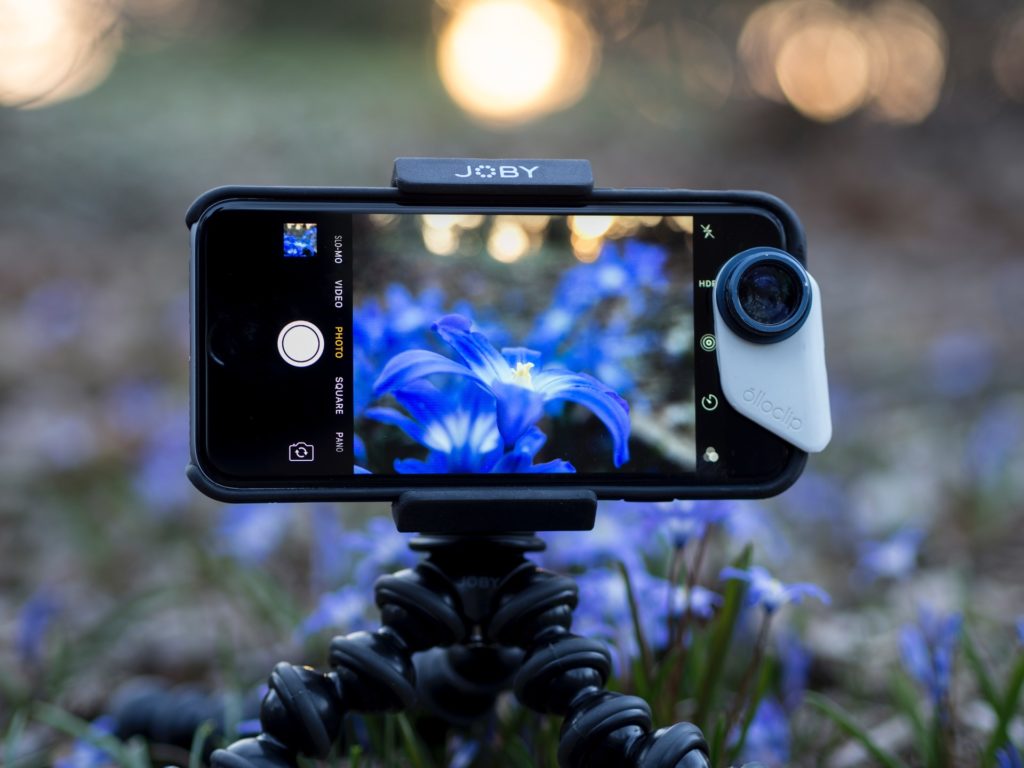
Editing Smartphone Photographs
Although you may usually shoot jpeg images on a smartphone, sometimes a slight edit done to the image can make it pop and help bring out a few details. Do not over-edit the images or go overboard with the filters as it can ruin the natural beauty of the photograph.
If you want to shoot raw, you can do so if your smartphone has that feature or use a third-party app to capture raw files.
There are hundreds of apps out there for editing images on a smartphone and some of the best are Lightroom mobile, Snapseed, VSCO, and so on. You may have a favorite app or you can even edit in the native editing app that comes with your smartphone or on your computer if you wish to edit on a big screen.
If you are looking to give a creative touch to your photos by adding textures and other light effects, you can use apps that have that feature. These apps will allow you to make your images look more artistic and dreamy, but always use the effects slightly while still maintaining the originality in the image.
When shooting using a mobile, many photographers usually tend to go overboard and shoot a lot of images. So go through the photo library and select the best ones that are truly meaningful, tell a story, and are close to your heart.
Here are some editing tips to keep in mind:
- As you would with normal editing, straighten and crop the image if required to get the desired composition.
- Remove any distracting elements using the clone tool.
- Make required adjustments to white balance, exposure, contrast, shadows and highlights, vibrance, etc.
- Play with the tone curve to get the best details and colours out of your image. Snapseed’s “Curves” tool is quite a powerful and interesting one to work with.
- If there are elements that require sharpness or clarity, add as much required. Do not over do this.
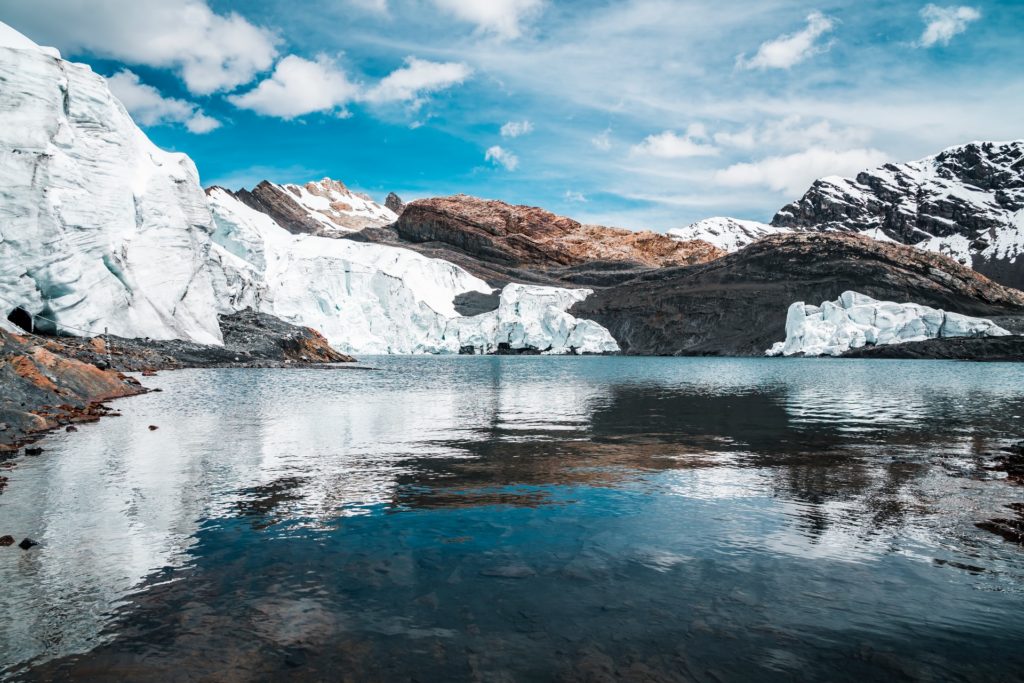
When you are outdoors, take time to sit back and enjoy the moment and remember that you do not have to capture everything. Photography is part of life experience and so relax and admire the world and nature around as well.
Do you use a smartphone for outdoor photography? Share with us any tips and reasons why you enjoy photography with a smartphone. We would love to hear.


